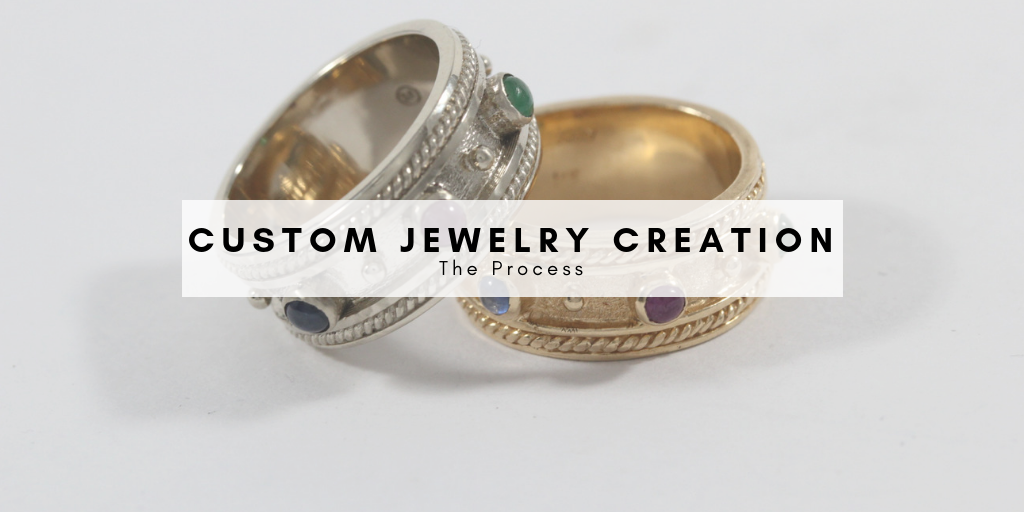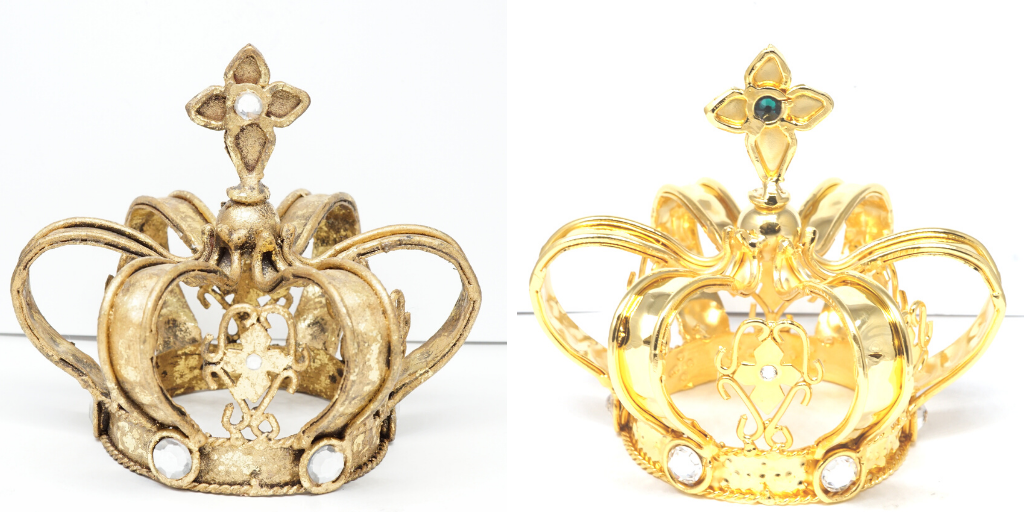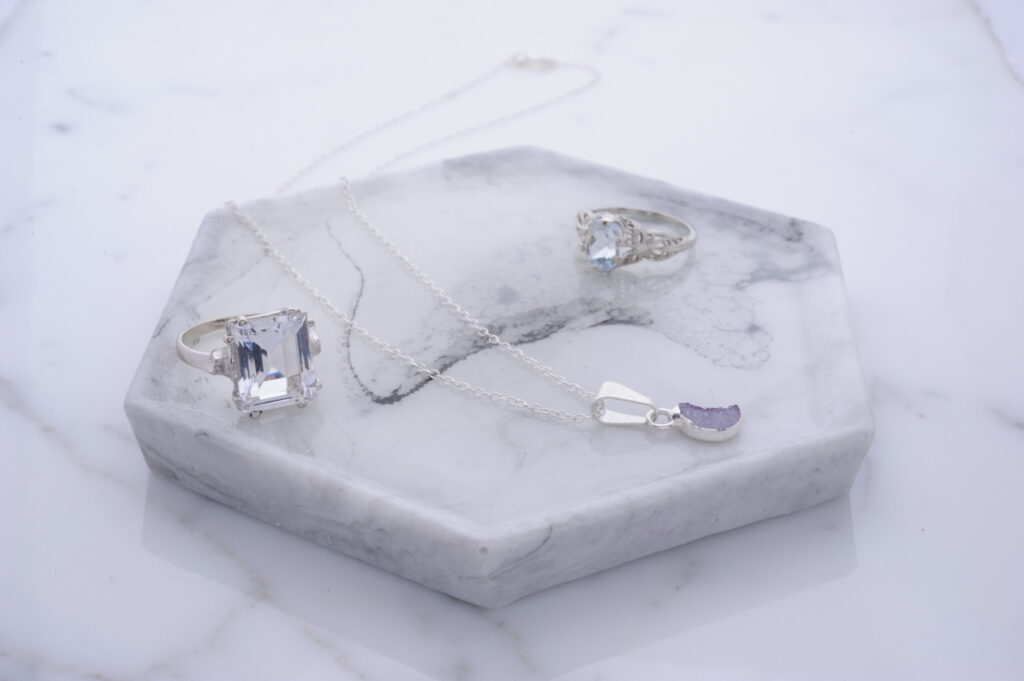22 & 24K Gold – Is It Worth It?
Written by Annabelle
February 12, 2019
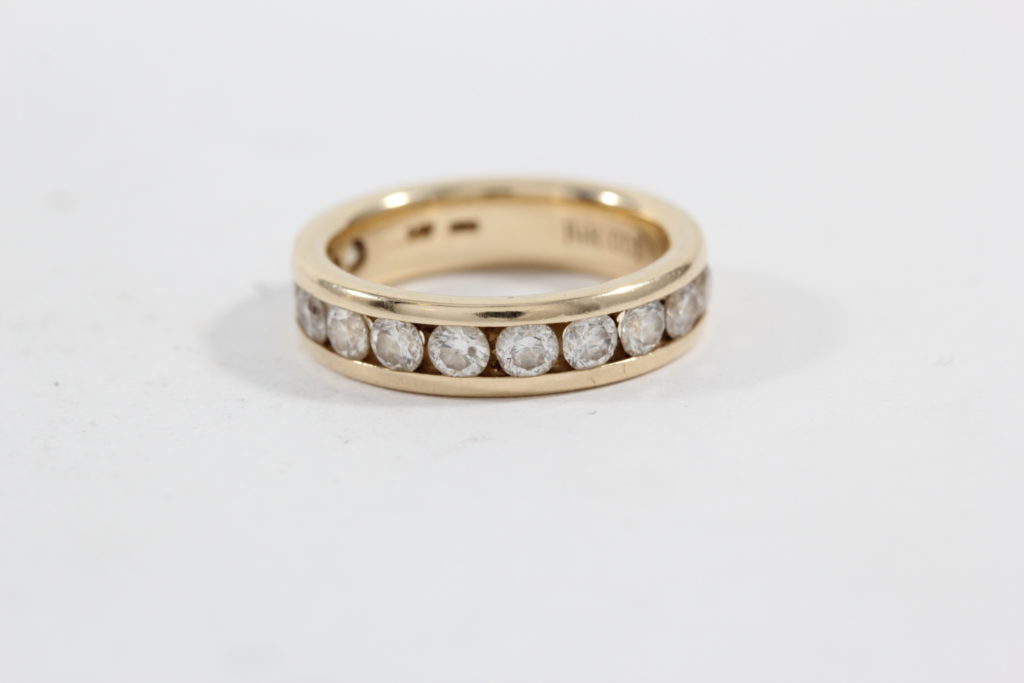
During the winter months of the year, we find ourselves looking for light in other places…like sparkly diamonds, glittery gems, and sunny gold. But not all gold is created equally sunny…in fact, 22k and 24k gold dominate the jewelry market for the brightest and shiniest color.
So why is 22k and 24k gold so difficult to find? There are a few reasons- keep reading to learn more.
Gold On The Market:
A lot of people think that solid gold is simply that- solid, pure gold. In truth, it's rare to find solid, pure gold on the market. Gold purity is measured by karat, a term for “24 parts.” If your item is 14k solid gold, that means your item is 58.3% gold content, or 14/24.
Now you might be thinking, “What?? So what's the remaining percentage?” The other part of your “gold” contains metals that provide structure and durability, since pure gold is very soft. These metals can range from copper and palladium to silver and nickel.
Colored gold, such as rose gold and white gold, will always contain other metals aside from gold. The metals give them their distinct pink and silver colors, so you will never find “pure” rose gold and white gold. Both of them are alloys, or man-made combinations of metal.
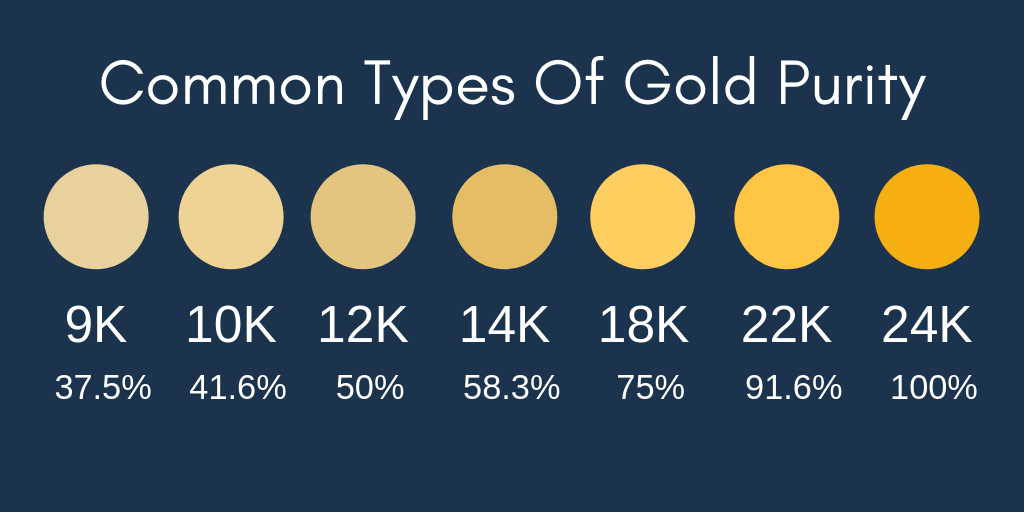
Keep this handy-dandy chart in mind if you're gold jewelry shopping!
22k and 24k Gold
Gold is a naturally occurring element; in its purest form, it's incredibly soft and a very bright shade of yellow. The higher the karat, the purer the gold- so 22k and 24k gold can be quite difficult to work with. Many jewelers shy away from dealing with it, as high karat gold is very prone to damage if the customer doesn't know how to take care of their jewelry.
But in other parts of the world, such as East Asian countries and India, 22k and 24k gold is preferred! Many of these cultures value the purity of their gold, and there are strong ties between pure gold and wedding celebrations. The handiwork that their jewelers have perfected over centuries of working with the metal in its natural form is unmatched by modern jewelry manufacturers.
Is 22-24k Gold Worth Buying?
A lot of people ask if it's worth paying for 22k or 24k gold jewelry, since it's so soft. The answer depends on several factors:
- What is the item you're purchasing? If it's a ring, and your lifestyle means that your hands come into contact with a lot of things (a subway pole, for instance) it's probably not a good idea to get a 24k ring for daily use. However, earrings and necklaces can hold up since they're not going to touch anything.
- Are you experiencing allergic reactions to other kinds of jewelry? Because of the other metals in low-karat gold, some people who have very sensitive skin cannot wear anything less than 18k. Gold is naturally hypoallergenic, and an excellent choice for individuals looking to invest in some pieces they can actually wear without feeling itchy.
- Are you looking to add a high-quality piece of fine jewelry to your collection? If the answer is yes, look no further. Soft gold is notoriously difficult to work with, and the craftsmanship is very important when it comes to making 22-24k gold jewelry. If you're buying it, you're not only paying for the item's weight in gold, but also the handiwork that went into its creation, making it a worthwhile investment.
Sold On Gold
Since high karat gold isn't common in Western markets, it can be difficult to purchase without delving into local enclaves such as Chinatown. Fortunately, more retailers are offering items made in 22 or 24k gold, and jeweler Menē even specializes in making only 24k jewelry.
As gold prices increase and people become more savvy about what they're purchasing, we're hoping to see true sunny gold make a comeback…but let us know what you think about this in the comments below!
